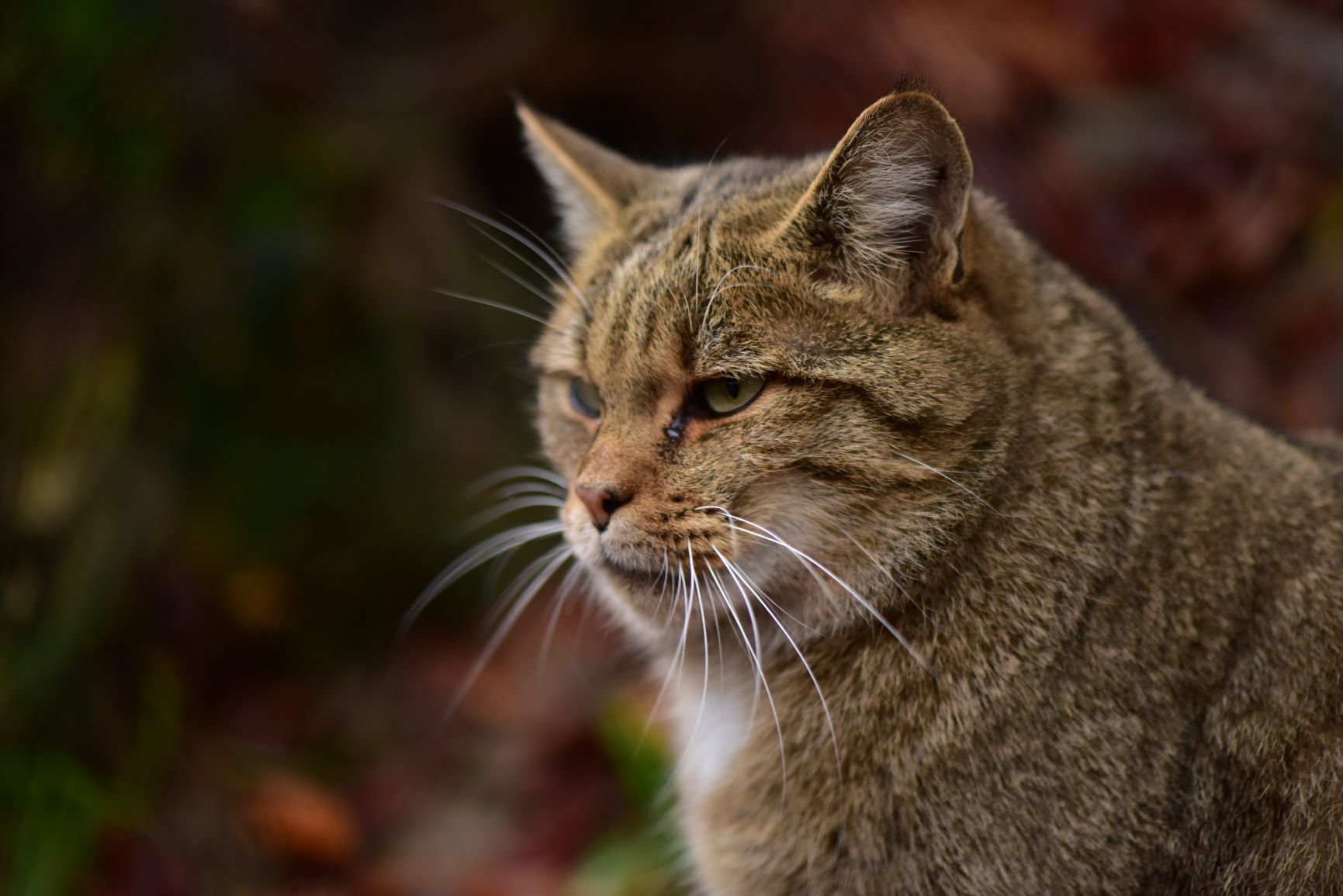News
Wildcats in the Swiss Jura learn lessons from WildCRU’s studies in Scotland: the risk of hybridization between domestic cats and European wildcats
There may be more than one way to skin a cat, but hybridisation leads to only one outcome, writes David Macdonald in celebrating a new paper led by Claudio Quilodran Venegas: I have been involved in researching wildcat biology, and their conservation, in Scotland for over twenty years. While the analyses of hybridisation with domestic cats have got more sophisticated (Senn et al., 2018), and our knowledge of wildcat behaviour is recently improved (Campbell, 2015, Kilshaw et al., 2015), the urgency of the conservation predicament has worsened. Now it becomes clear that wildcats in the Swiss Jura are on a similar journey, but our collaboration with Claudio Quilodran and colleagues reveals that intervention is urgent (Quilodrán et al., 2020).
Historically, European wildcats (Felis silvestris) were widely distributed in Europe, but they were brought close to extinction in a number of countries due to habitat loss and persecution during the 19th and 20th centuries. In Switzerland, they were considered virtually extinct, with no firm scientific evidence of their presence for 25 years from 1943 to 1968. A change in the Swiss Federal hunting law protected this species beginning in 1962. Since that time, wildcat sightings have increased over the last 50 years. The demographic recovery of the European wildcat in Switzerland appears to be the result of successful species protection. However, this recent demographic expansion occurred in an area that was already colonized by domestic cats, with worrisome indications of hybridization between both species.
In two previously published manuscripts, Claudio and his colleagues had developed a bioinformatic, genetic, and ecological model aimed at understanding how wildcats have recolonized their habitat over the past 50 years . Now, in this new paper (Quilodrán et al., 2020), we joined forces to use an improved modelling approach in order to project the possible consequences of hybridization for the next 100 years under plausible scenarios of competition, hybridization, and demographic fluctuations.
From a conservation perspective, the news is bad. Every one of our simulated scenarios, selected to model realistic circumstances in the wild, project genetic replacement of wildcat genes by domestic cat genes. In other words, unless something changes, it is likely to become increasingly difficult to differentiate genetically between the two types of cats. If the current hybridization rate and population sizes remain unchanged, it seems we must expect the loss of the wildcat genotype, all individuals becoming hybridized. This high level of genetic replacement is already familiar elsewhere, such as Hungary and, indeed, in our longstanding work in Scotland. Two possibilities exist, logically, to halt the rush of Swiss wildcats towards the predicament of their Scottish cousins: drastically reduce hybridization and/or increase their numbers. How could this be achieved? An obvious proposal is the sterilization of domestic cats in the vicinity of farms or near forests. This is especially important for females since our paper indicates that maternally-inherited genes are the more rapidly replaced by hybridization and our GPS work in Scotland shows that male wildcats and male wildcat hybrids often spend time at the farms within their home ranges (Kilshaw et al., in press). Dithering is likely to make matters worse: the models suggest that the earlier action is taken, the less costly, financially and ecologically, the challenge. Delay will risk the threat to the Jura’s wildcats becoming irreversible.
Kilshaw, K., Campbell, R.D., Kortland, K. and Macdonald, D.W. (2020). Scottish Wildcat Action final report: Ecology. Scottish Natural Heritage, Inverness.









